
Stephanie DeMarco, PhD
@sci_steph
sci-steph.bsky.social
Managing Editor @DrugDiscovNews | @AAASMassMedia ‘19 at @latimes | PhD in Mol Bio @UCLA | theater nerd | travel adventurer | she/her
ID: 4825642293
http://stephaniedemarco.com 18-01-2016 23:14:11
988 Tweet
829 Followers
1,1K Following
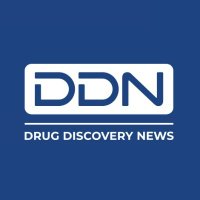
Amoebae hunt and eat bacteria hiding in biofilms. By studying the compounds that amoebae produce to break down these antibiotic tolerant biofilms, “we as researchers can see what it produces and mimic it” Ilana Kolodkin-Gal אוניברסיטת רייכמן Reichman University told Stephanie DeMarco, PhD. Read on: ow.ly/WX5P50RixTe
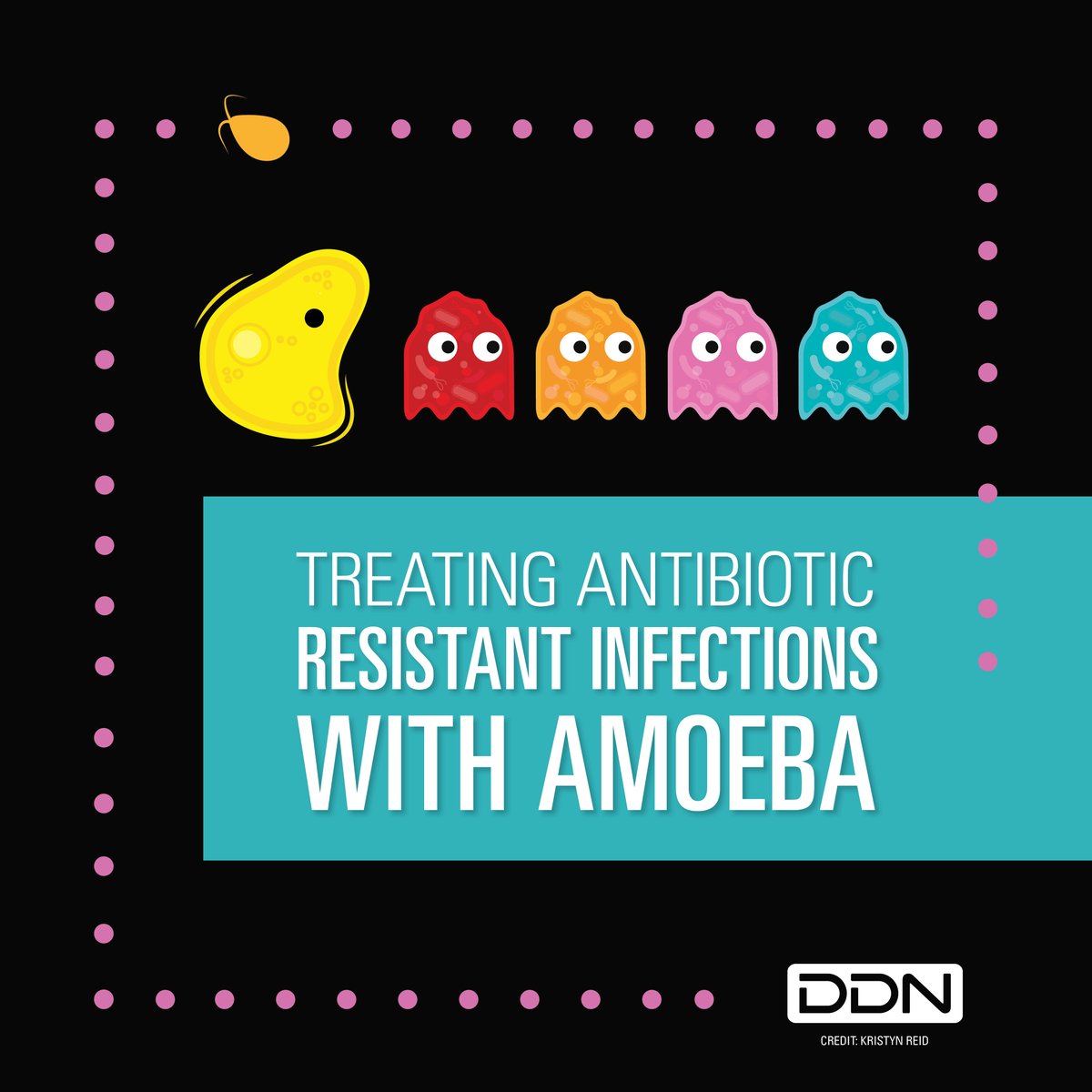


Researchers led by Mike Sapieha Université de Montréal and UNITY Biotechnology developed a new class of drugs for diabetic macular edema that targets senescent cells in the eye. 🎧Find out more in Stephanie DeMarco, PhD’s latest DDN Dialogues podcast episode. ow.ly/Jiru50S0eUH

As the zombies of the body, senescent cells spew out damaging molecules as they refuse to die. But a new drug developed by a team UNITY Biotechnology and Université de Montréal killed these cells in the diabetic macular edema eye, 🎧 Stephanie DeMarco, PhD reports in a new episode: ow.ly/OXgk50Sa3Hn
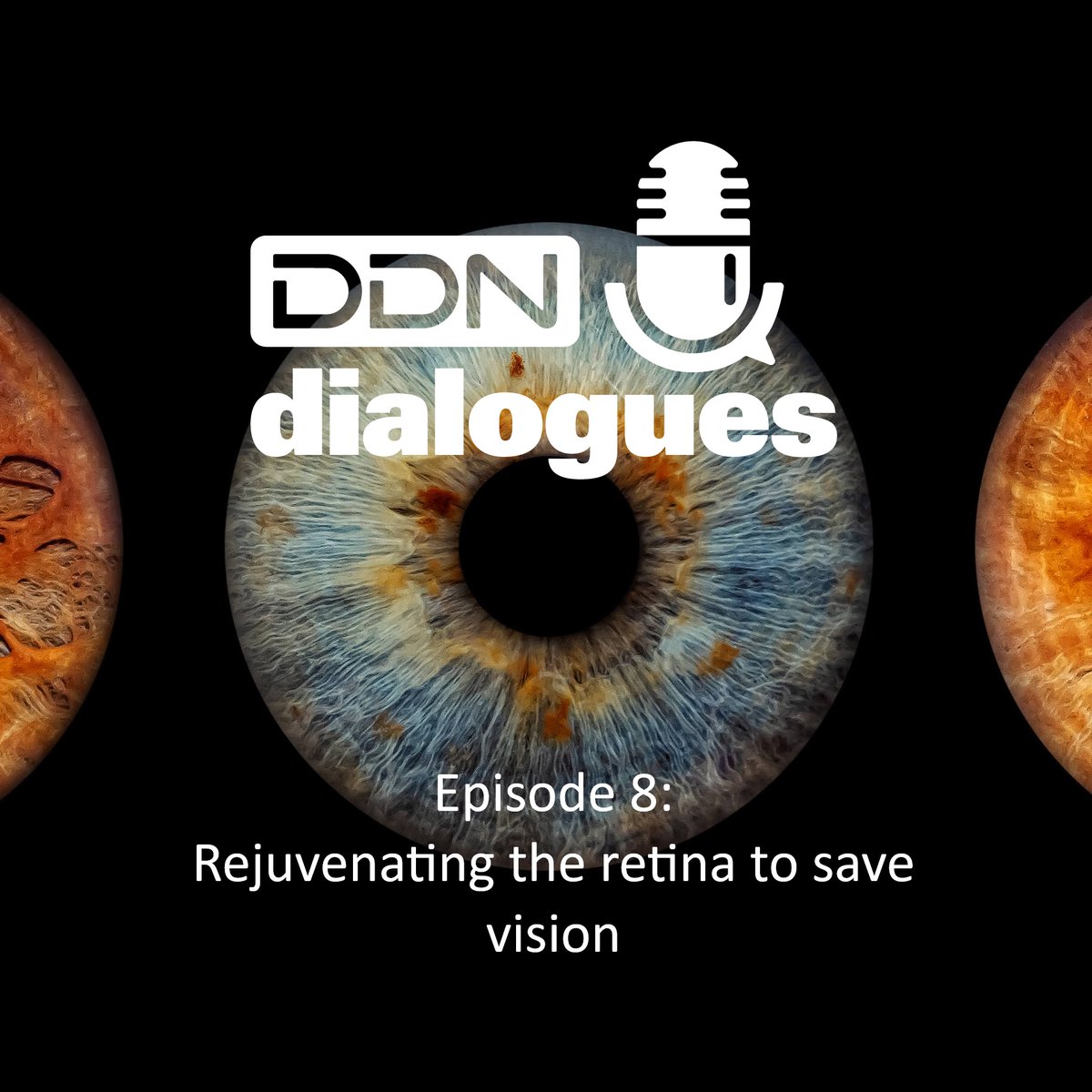

Barely alive but not quite dead, senescent cells cause a lot of damage, especially in the retina. Check out Stephanie DeMarco, PhD’s podcast about how scientists Université de Montréal and UNITY Biotechnology developed a drug that kills these undead cells in diabetic macular edema. ow.ly/PP3P50Sa5J1
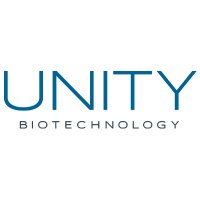
Our Chief Scientist Mike Sapieha, Ph.D. joined the Drug Discovery News DDN Dialogues podcast with host Stephanie DeMarco, PhD to break down our senolytic model and #UBX1325’s recent clinical trial success in improving vision and eye health in patients with #DME. bit.ly/3VBfCf7

Meet the robots manufacturing cell therapies! “Our approach to automation is always very respectful of the biology team...we adapt the robots to the biology. We don't ask them to adapt biology to the robots,” Fred Parietti Multiply Labs told Stephanie DeMarco, PhD. ow.ly/utrM50SqWAE

Who would have thought a glob of honey and a splash of vinegar would be so good at killing bacteria? People back in ancient times, of course! 🎧 Listen to Stephanie DeMarco, PhD’s podcast episode about searching historical medical texts for modern-day therapies: ow.ly/ZaRw50SuWQH

In medieval Europe, a toothache could kill you. But, people did have access to cures for all sorts of maladies in medical manuscripts, Joel A. Klein, history of medicine curator The Huntington, told Stephanie DeMarco, PhD in a new DDN Dialogues podcast. Listen here: ow.ly/in2u50SxkLJ

In a new DDN Dialogues episode, researchers Freya Harrison Life Sciences, @NorseLass Uni of Nottingham #WeAreUoN, and Steve Diggle Georgia Tech told Stephanie DeMarco, PhD about their work searching for new antibiotics in historical medical manuscripts. 🎧 Listen here: ow.ly/Kg4m50SxksZ



From interview to the blue glow of a nuclear reactor, Stephanie DeMarco, PhD gives a behind-the-scenes look into the making of the DDN Dialogues podcast episode: From warhead to cancer-killer, the quest for more actinium-225. ow.ly/hf9050STnSS

What if doctors could treat heart attacks with a strong dose of regeneration? In this new DDN Dialogues podcast, Allison Whitten, PhD spoke with experts who are not too far off from turning that into a reality. 🎧Listen here: ow.ly/qt5550SXPnk



DEADLINE EXTENDED! Apply by Monday, September 30! Apply here: comscicon.org/comscicon-sciw… National Association of Science Writers (NASW) CASW Science Communicators of North Carolina ComSciCon #sciwri24

Today, the FDA approved the first new type of drug for schizophrenia in 70 years. Check out Allison Whitten, PhD's deep dive into the story behind this new drug for Drug Discovery News: drugdiscoverynews.com/after-70-years…

In a high-throughput screen of repurposed drugs, Michael Bollong Scripps Research and his team identified a drug that turns back time on aged lung stem cells. It may be a new treatment for idiopathic pulmonary fibrosis, he told Stephanie DeMarco, PhD. Read more: ow.ly/K8zV50U9wsV
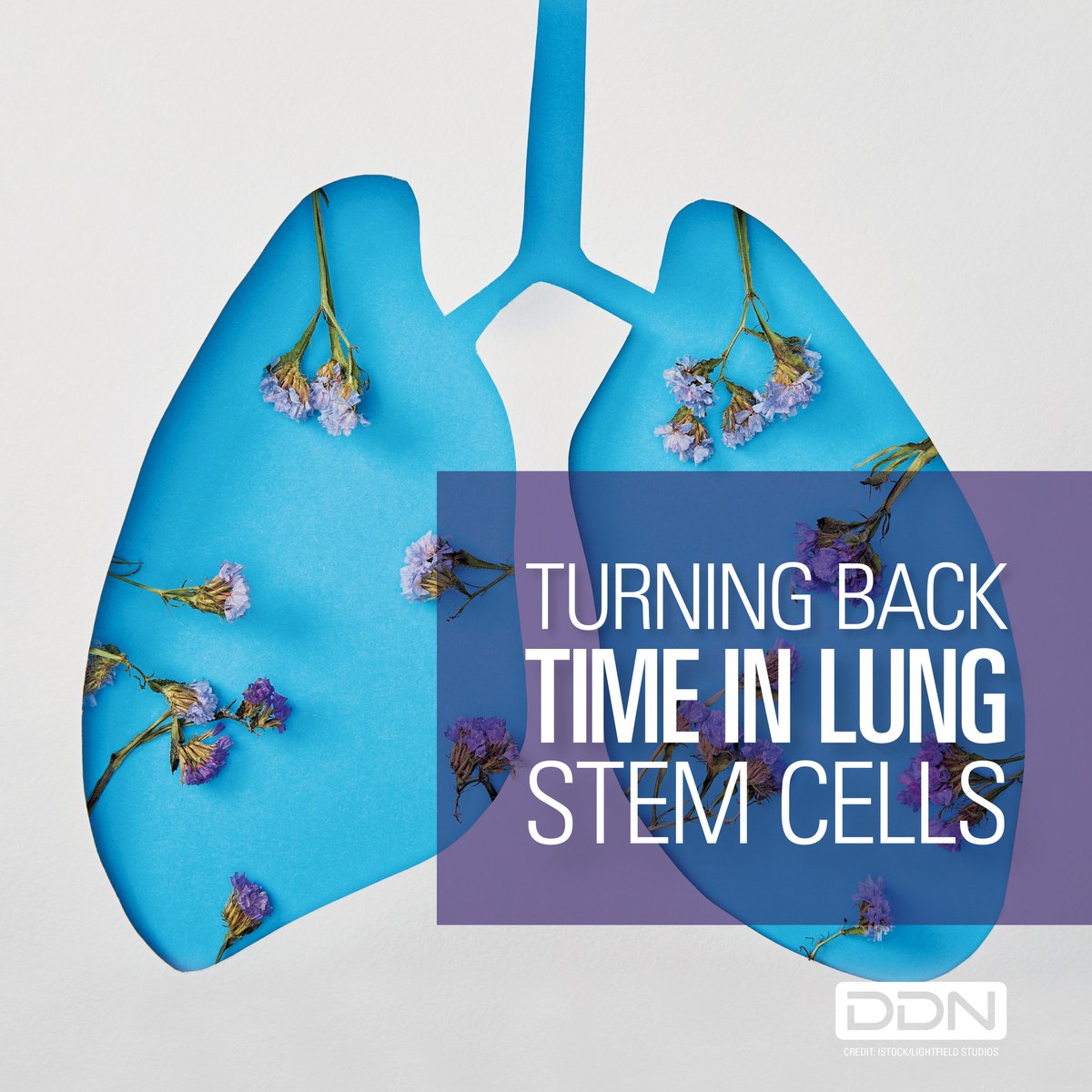

Whether lost in a 30-year-old data set or a 1,000-year-old leech book, scientists are using new machine learning and AI tools to find promising drugs lost to time. Stephanie DeMarco, PhD explores this and more in a new editorial: drugdiscoverynews.com/rediscovering-…


Hepatic stellate cells are most directly responsible for liver fibrosis, but what else is involved? Andrew Saintsing reports on a study from University of Pittsburgh researchers that implicates trehalose metabolism in the intestine. Read more: ow.ly/5W7H50Ui6Qe


Antidepressants have been used to treat pain, but often take too long to work. Gabriela Carolina Lopez (Gaby) spoke with scientists Icahn School of Medicine at Mount Sinai about a recent study that features a non-FDA approved antidepressant that may provide fast and long-lasting pain relief. ow.ly/HkuI50UauK3